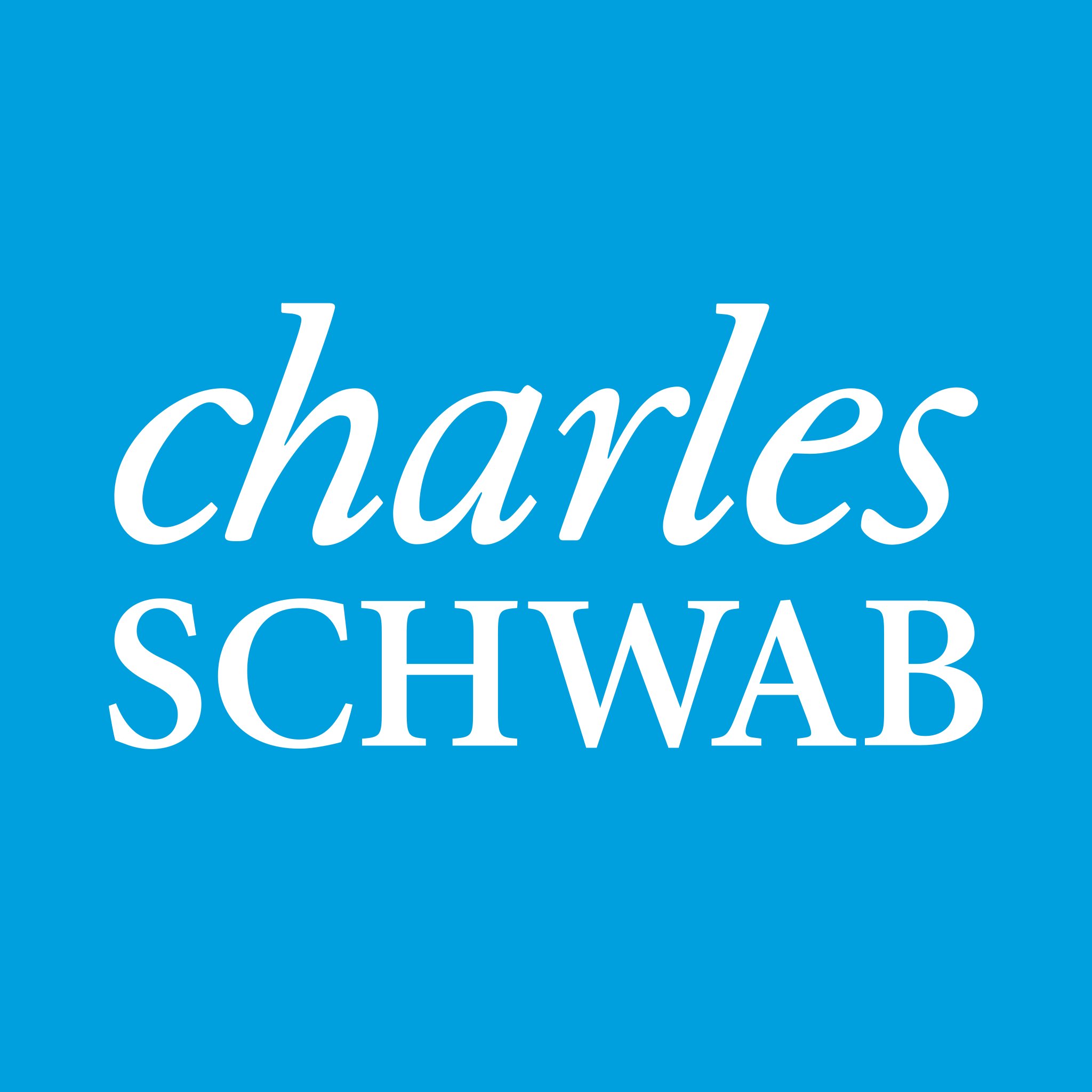3 Dow Jones ETFs to Know for December 2025
Learn more about what the Dow offers your portfolio and the three ETFs tracking the historic stock market index.

Many, or all, of the products featured on this page are from our advertising partners who compensate us when you take certain actions on our website or click to take an action on their website. However, this does not influence our evaluations. Our opinions are our own. Here is a list of our partners and here's how we make money.
The investing information provided on this page is for educational purposes only. NerdWallet, Inc. does not offer advisory or brokerage services, nor does it recommend or advise investors to buy or sell particular stocks, securities or other investments.
The Dow Jones Industrial Average, “Dow” or DJIA is a stock market index made up of 30 established, large companies listed on the S&P 500. Charles Dow and Edward Jones launched the Dow in 1896. Companies are selected for their history of profitability, consistent performance and significance to an industrial sector .
- Holdings: These are the companies that make up the Dow. Non-transportation or non-utility companies are eligible. (Dow Jones offers separate transportation and utility indices.) Current top Dow holdings include financial services, health, retail and technology companies such as the Goldman Sachs Group Inc., the Microsoft Corp. and UnitedHealth Group Inc.
- Market capitalization: This refers to the "size" of a company, which is measured by multiplying the number of stock shares the company has issued by its current stock price. Companies in the Dow are large and typically have a market capitalization in the hundreds of billions of dollars.
- Price weighting: The Dow is a price-weighted index, meaning companies with higher stock prices influence the index's performance more.
| Brokerage firms | |
|---|---|
| | |
| | |
Dow ETFs
Three Dow Jones exchange-traded funds (ETFs) are available for purchase. However, unlike S&P 500 ETFs, which are all structured similarly to track the performance of the S&P, two of the three ETFs below have a different focus, composition and yield. Below, we've ranked them all from largest to smallest total assets, and provided an overview of who they might be best for based on investment goals.
- SPDR Dow Jones Industrial Average (DIA): If you’re looking for a way to invest in the index as closely as possible, this ETF could be your best option.
- iShares Dow Jones (IYY): This ETF may be a good option for investors looking to add Dow companies while also broadening their exposure to mid-sized and large U.S. companies.
- Invesco Dow Jones Industrial Average Dividend (DJD): This ETF also replicates the DJIA but differs in that it weighs stocks by dividend yield rather than price, making this a good choice for dividend investors.
| Fund Name (Ticker) | Expense Ratio | Annualized 5-Year Return | Total Assets |
|---|---|---|---|
| SPDR Dow Jones Industrial Average ETF Trust (DIA) | 0.16% | 11.75% | $41.8B |
| iShares Dow Jones U.S. ETF (IYY) | 0.20% | 14.13% | $2.7B |
| Invesco Dow Jones Industrial Average Dividend ETF (DJD) | 0.07% | 12.35% | $367M |
| Sources: Morningstar. Data is current as of Dec. 1, 2025, and is intended for informational purposes only. | |||
How to invest in a Dow Jones ETF
You can also consider comparing and selecting Dow ETFs based on their objectives, expense ratios, price, return (or yield) and trading costs:
- Expense ratios: The costs associated with managing the ETF.
- Price: The cost of purchasing a share of the ETF.
- Return (or yield): The income and growth generated by the ETF. Because returns can vary year to year, we consider the five-year return to get a snapshot of the ETF’s long-term performance.
Once you decide which Dow ETF to invest in, the next steps would be to open a brokerage account, fund it, place your trade and track your investment.
Dow Jones index today
Data is from Google Finance and may be delayed. It is for informational purposes only.
Should a Dow Jones ETF be a part of your portfolio?
Dow ETFs could be a beneficial addition to a portfolio if you’re looking to build out investments in established companies with a strong performance record. These companies can also provide fixed income to investors through stock dividend payments.
While Dow companies serve as indicators of industry health, it's important to remember that the Dow is a narrow snapshot of the market, focusing on a specific type of large and established company. The Dow is less diversified than indices like the S&P 500, which include many more companies.
Did you know ...
All Dow companies are also blue-chip companies, known for being valuable, reliable, and leaders in their industries. Learn more about blue-chip stocks.
Next steps
Article sources
NerdWallet writers are subject matter authorities who use primary,
trustworthy sources to inform their work, including peer-reviewed
studies, government websites, academic research and interviews with
industry experts. All content is fact-checked for accuracy, timeliness
and relevance. You can learn more about NerdWallet's high
standards for journalism by reading our
editorial guidelines.
- 1. S&P Dow Jones. Dow Jones Averages Methodology. Accessed Jun 26, 2025.
More like this
Related articles













